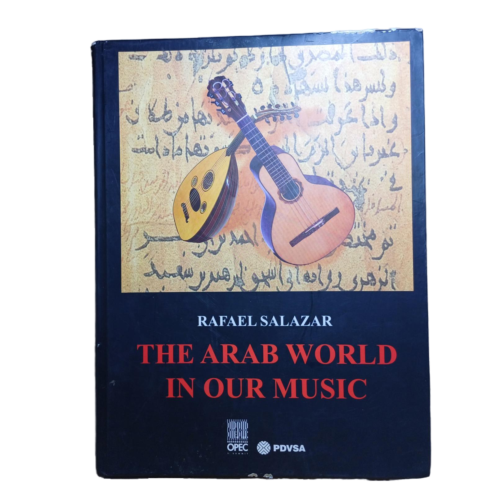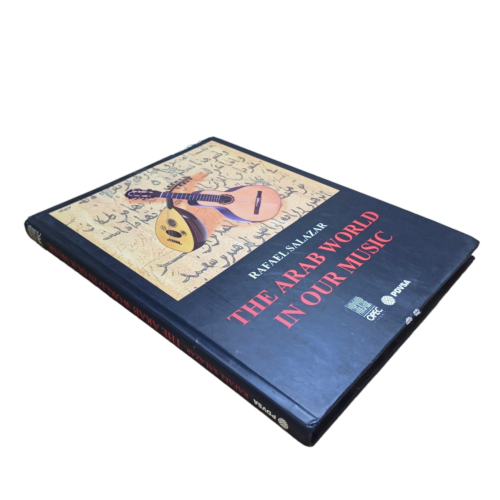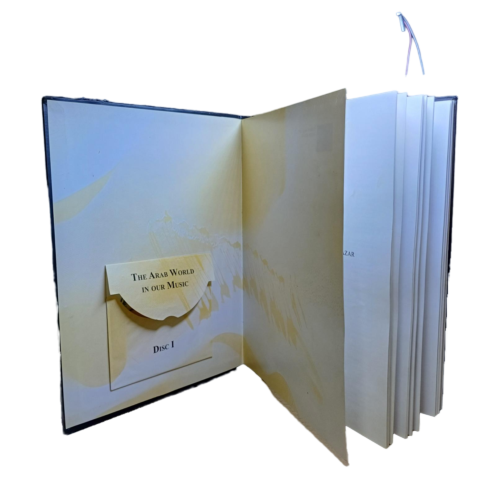توضیحات
**الكتاب: العالم العربي في موسيقانا**
*(The Arab World in Our Music)*
يستكشف هذا الكتاب التأثيرات العربية العميقة في الموسيقى عبر العصور، من الإيقاعات التقليدية إلى الألحان الحديثة. يعرض المؤلف كيف شكلت الثقافة العربية جزءًا أساسيًا من التقاليد الموسيقية في مناطق مختلفة، خاصة في شمال أفريقيا والشرق الأوسط وأوروبا (مثل الأندلس).
### **أبرز المحاور:**
1. **الجذور التاريخية**: التأثيرات العربية في الموسيقى الأندلسية والفلامنكو والكلاسيكية.
2. **المقامات والإيقاعات**: كيف شكلت المقامات الشرقية والإيقاعات العربية (مثل الإيقاع المصري “المصمودي”) أساسًا لأنماط موسيقية عالمية.
3. **الآلات الموسيقية**: انتشار آلات مثل العود، القانون، والدف في موسيقى مختلفة.
4. **التأثير المعاصر**: اندماج الألحان العربية في موسيقى الجاز، البوب، وحتى الإلكترونية.
### **لمن هذا الكتاب؟**
– لعشاق الموسيقى والتاريخ الثقافي.
– للباحثين عن جذور التبادل الفني بين الشرق والغرب.
– للموسيقيين الراغبين في فهم العمق الفني للموسيقى العربية.
> *”الموسيقى العربية ليست مجرد نوتات، بل هي حكاية حضارة.”* — مُلهم من الكتاب.
إذا كنت تبحث عن نسخة منه، يمكنك التحقق من المكتبات المتخصصة أو المنصات مثل **Amazon** أو **Google Books**. هل تريد مساعدة في العثور على تفاصيل أكثر عنه؟





نقد و بررسیها
هنوز بررسیای ثبت نشده است.